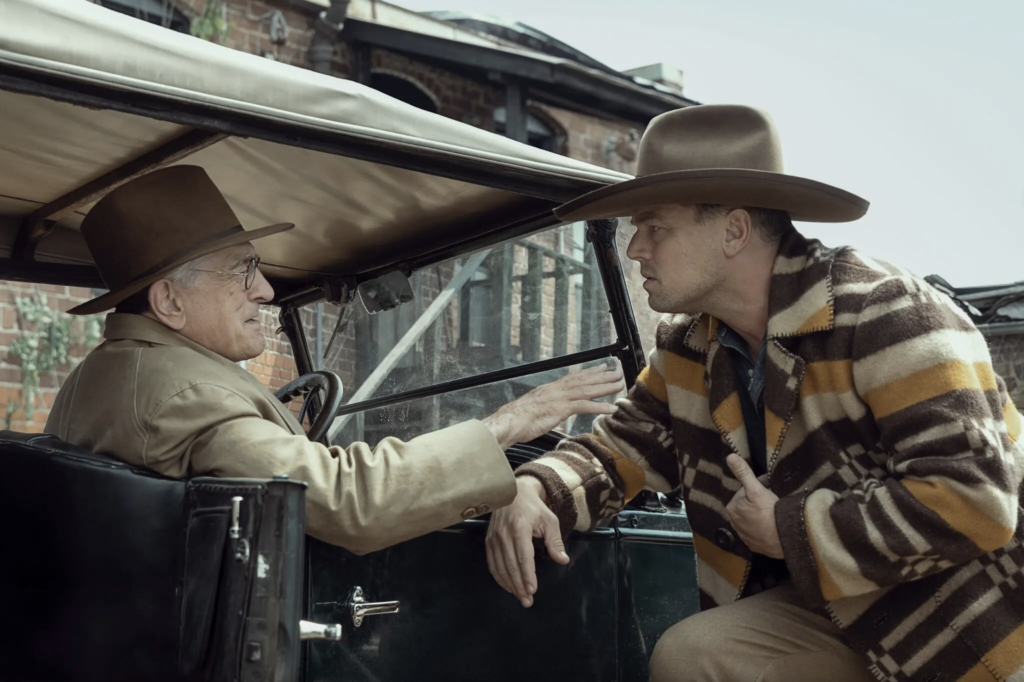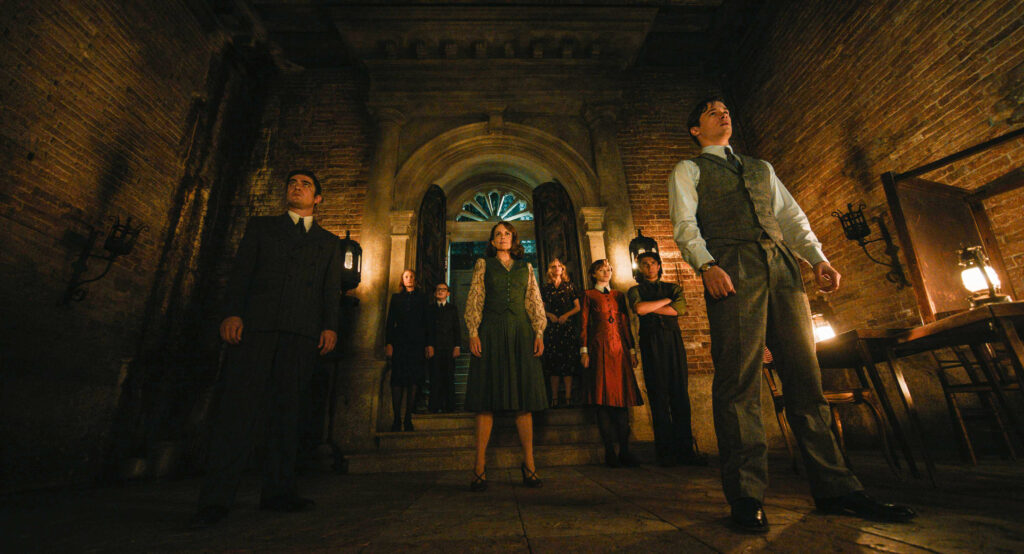
The evil men of Martin Scorsese’s movies have always had an allure. From “Mean Streets” to “The Departed,” Scorsese has always understood the dichotomy between depravity’s thrill and its consequences.
“Goodfellas’” Henry Hill is no saint, but when Scorsese’s camera excitedly follows him through his restaurant, lingering on the fawning faces of Hill’s patrons, it is hard not to feel the enchantment of a life like his. Of course, when he is digging up the bodies of dead mobsters and flushing cocaine down the toilet, the spell begins to break. However, the intoxicating rush is never fully gone.
To use a more modern example, the spell is still there in “The Wolf of Wall Street.” It is not a stretch to say that Jordan Belfort is, to put it mildly, morally questionable. There is a reason thousands of 19-year-old finance majors say “The Wolf of Wall Street” is their favorite movie. Scorsese makes evil look cool — just enough to rattle his audience’s misplaced confidence in their own moral sensibilities.
As Scorsese turns 80, he has pulled back evil’s seductive veil more than ever before. There is no dichotomy anymore; he reveals depravity for all its awfulness. Energetic, explosive violence is replaced with sickening brutality. “Killers of the Flower Moon” is his bleakest, most sorrowful look at evil men yet — but it is also one of his best.
The story behind the movie is a true story, based on a book by the same name, about the Oklahoma murders of dozens of Osage tribe members and the birth of the Federal Bureau of Investigation (FBI) in the early 20th century. While the book focuses much more on the investigation and the FBI’s involvement, Scorsese takes a much more personal look at the tragedy.
He peers into the relationship between a simple man named Ernest Burkhart (Leonardo DiCaprio, “Inception”) and his wife Mollie (Lily Gladstone, “Certain Women”), a confident Osage woman grieving family members lost in the killings. Ever-present is Ernest’s uncle, William Hale (Robert De Niro, “Taxi Driver”). He acts as a fatherly leader to the Osage tribe members, concealing his iron hand of influence over both the community
and his nephew.
The story begins slowly, providing a brief history of the Osage tribe, whose land contained enormous amounts of oil. The tribe members became some of the richest people in the world, employing white servants and attracting many who wanted a piece of the Osage wealth.
One of those people is William Hale, who aptly prefers to be called “King.” By the time Ernest comes to live with him, King Hale holds much of the power in the land under the guise of a kindly elder statesman.
Only he does not hold the money. Quickly, he recruits the dim-witted Ernest into a scheme to defraud the Osage of their vast wealth. The plan, of course, involves murder, and blood begins to flow as freely as the oil.
Surprisingly, Scorsese resists the temptation to revel in the inherent suspense of the killings. He chooses instead to focus on the grief and fear of the Osage people, especially Mollie.
Gladstone’s revelatory performance maximizes drama and emotion. She takes the audience on a journey through her own unspeakable fears about her husband, infusing the film with a heartbreaking dread as the
murders continue.
“I just love money!” Ernest says. “I love it as much as I love my wife.” But what if he loves it more? Gladstone’s performance lets audiences watch this question viciously consume Molly without her ever needing to voice the fears seen in her pained face. Ernest has his own problems, too. He tries to hold his supposed love for his wife and his murderous side-hustle in harmony, but it does not take long before the tension begins to rip his life apart. Mollie’s health begins dangerously failing, all while the murders become increasingly careless. All the while, the Bible-quoting King continues to carry out his plan, conjuring the deadly hellscape that all the characters are now stuck in.
“Expectin’ a miracle to make this all go away? You know they don’t happen anymore,” King tells Ernest. King — through De Niro’s incredible mastery of tone — contributes to the hopelessness that weighs heavily on the film. Every line he reads drips with either malice or faux sincerity. He may reference Scripture and pray to the “Good Lord,” but there is no God in this story. The only one who sits on the throne is King.
Just as the film feels too bleak to even bear, there is a knock at Ernest’s door. “I was sent from Washington, D.C. to see about these murders,” Federal Agent Tom White (Jesse Plemons, “Breaking Bad”) says.
“See what about ‘em?” Ernest asks in covert response.
“See who’s doin’ it,” White fires back in a scene that feels like a tectonic release of tension — finally, hope. There is still no God, but there might be justice.
It is worth noting the expert pacing here, too. For a three-and-a-half hour movie, it was vital to have this second-act’s jolt of momentum. From this point forward, the drama takes off, thundering towards its inevitable ending with the force of a gun, but it never loses focus on the main trio of Mollie, Ernest and Hale. It is their story, and Scorsese refuses to let the film turn into a police procedural, even though the investigators have arrived.
Because of this, though, White is not a savior. No amount of federal agents can rescue Molly and the rest of the Osage tribe from their pain and heartbreak. The film concludes with not only a somber acknowledgement of the story’s irreparable human loss but a soft denunciation of the entertainment we derive from others’ suffering. It will be remembered as one of Scorsese’s most personal moments in his whole filmography.
At the very end of “Killers of the Flower Moon,” there is no knock on the door — no release of tension. Scorsese leaves you feeling only the loss and grief of this story’s victims. That, Scorsese seems to say, is the
legacy of evil men.
The post ‘Killers of the Flower Moon’ unveils tragedy appeared first on Technique.


